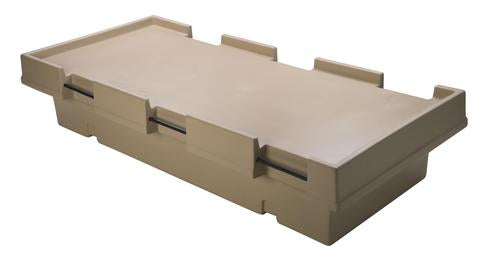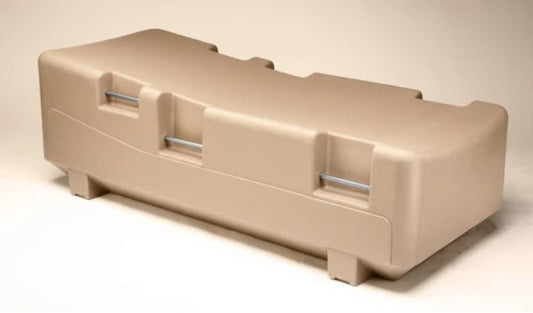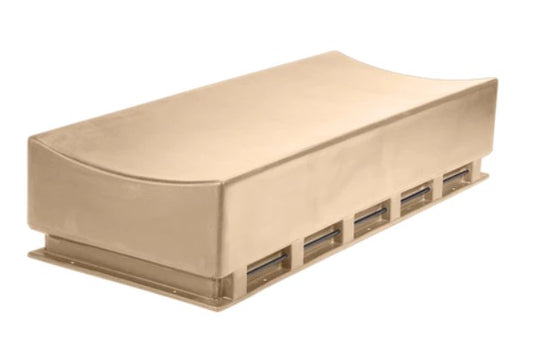Humane Restraint Physical Restraints for Patient and Resident Inmate Safety
Humane Restraint manufacturers safe patient restraint devices using leather, polyurethane, Velcro, and other materials for hospitals, behavioral health and psychiatric institutions, correctional facilities, law enforcement departments, EMS departments, hospitals. All Humane Restraints physical restraints are designed with the safety of the patient or inmate and the staff in mind, to safely restrain aggressive and agitated individuals without inflicting harm. Humane Restraints systems are commonly used in hospitals, correctional facilities, law enforcement and emergency medical services, prisons, jails, and court security settings - providing greater control over a subject while providing safer work, rehabilitation, and therapeutic environments.
How humane can a physical restraint system really be? To answer that, you have to understand more about how patient physical restraint systems such as straitjackets, restraint chairs, and bed restraints are used.
First and foremost, patient physical restraints are used to ensure the safety of the people responsible for handling a potentially aggressive or agitated person, and the safety of the person themselves. Bbehavioral health institutions, hospitals, and correctional facilities look for ways to restrain patients without inflicting harm or undue stress, while maintaining the level of safety and security needed. These patient restraints are made of heavy-duty leather, easy-care polyurethane, or compact nylon, providing a firm restraint that resists wear and tear while being far more comfortable to wear than metal.
One example of the use of humane restraints can be seen in hospitals and psychiatric institutions, where subjects may need to be restrained in order to prevent harm to themselves or others. In addition to lightweight gait belts, lap belts, and safety belts meant purely to prevent falls, buckling and locking restraints are available to accommodate aggressive patients. These can readily be combined with a humane restraint bed to provide an ideal platform for securing an individual in comfort and safety.
Another example can be found in medical applications, where a person may require a secured position to prevent further injury after an accident or during care. For this purpose, non-locking restraints with control straps are used to secure an individual in place safely, often with interior foam padding or disposable fleece liners to provide additional comfort while maintaining a therapeutic state for recovery and safe transport. In this way, emergency medical personnel or hospitals can safely transport an individual without creating movement that may agitate or reopen existing injuries.
Correctional facilities also use humane restraint systems in order to safely transport and contain aggressive individuals. Ambulatory restraint systems allow a prisoner's hands and feet to be secured in a safe position to control movement without requiring behind-the-back cuffing that can result in long-term physical harm. Locking restraints made of leather or polyurethane allow a prisoner to be secured in position in such a way as to minimize self-injury.
Police officers, jails, and courthouses also make use of humane restraint systems. While handcuffs are a common restraint mechanism, other restraint options are available. For example, nylon control straps are used to secure the legs of a violent prisoner for transport, reducing squad car damage and personal injuries by restricting leg movement. Transport belts are used with handcuffs to provide greater control over a detained subject, or to restrain an individual while keeping their hands separated for greater safety. Emergency restraint chairs provide a locking solution to secure aggressive or dangerous prisoners for transport in such a way as to prevent harm to themselves or others. Leg braces and locking weights allow for a discreet way to restrict the movement of would-be flight hazards during transport outside of a correctional facility, such as during a trial.
All of these solutions are designed to enhance the comfort of the restrained individual while still protecting the safety of those around them. For situations where confinement or restriction of movement is required either for medical or security reasons, our Humane Restraint products do exactly what they say - they restrain or restrict an individual from harming others or themselves without inflicting undue suffering or discomfort.



